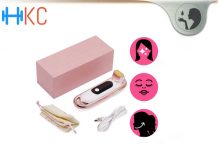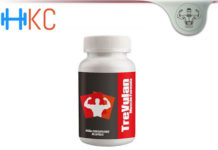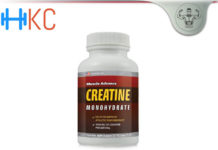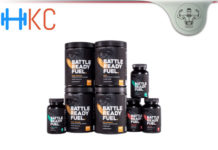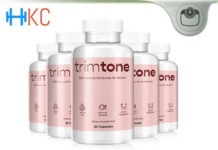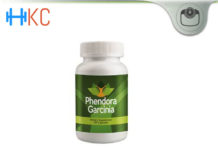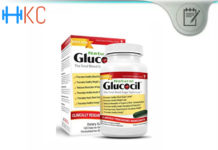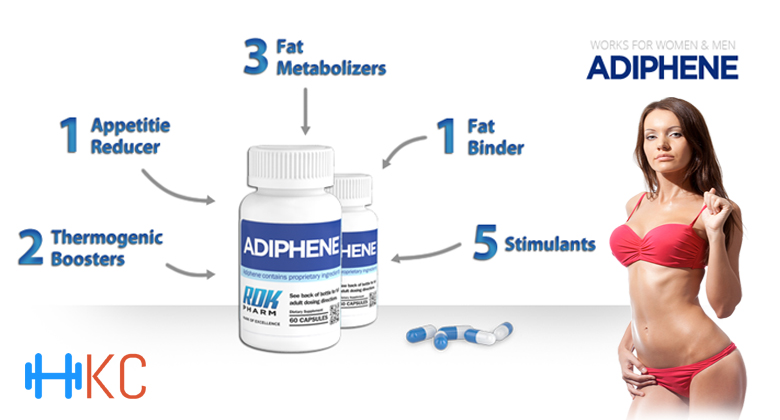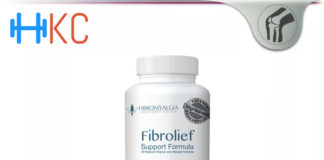
People take medications in different ways. The most common drug administration methods include inhalation (aerosol or vapor), ingestion (oral route), under the tongue (sublingual), and injection. Some prescribed medicine would require intravenous administration for immediate effect, as seen in emergency cases and hospitalization. But can you also take intravenous drugs at home?
This helpful guide will answer the most common questions about intravenous (IV) drugs home administration.
What Is Intravenous Injection?
Drugs can be given via an intravenous injection or IV infusion, in which the medication is directly sent into the blood via the vein using an IV needle or tube. The intravenous injection includes an IV catheter (thin plastic tube) inserted into the vein. The catheter allows the administration of multiple medication doses without inserting a needle each time.
In most cases, only qualified medical professionals can administer intravenous medication. Patients can take IV infusion medications and inject some IV drugs at home, initiated by a healthcare provider, following doctor’s instructions, such as these HGH injection guidelines.
Benefits of Intravenous Drugs
Administering a drug intravenously eliminates the digestive tract drug absorption process (first-pass effect) and facilitates the process of breaking down the medication’s active ingredients. This way, they get deposited into the blood directly. It will result in higher drug blood concentration, quickly going to the vital organs, such as the brain, heart, and kidneys, for immediate effects.
Intravenous access lines are given in hospitals, and patients can bring them home (as per the doctor’s advice) until the prescribed medications are completed.
Here are the other uses of IV drugs:
- Quick Drug Delivery: Some people must receive drugs quickly, such as during cases of poisoning, intense allergic reaction, heart attack, or stroke. In these instances, oral drugs, like pills, tablets, or syrups, aren’t absorbed quickly. For this reason, IV administration is highly recommended by doctors to quickly send a drug directly into the bloodstream in precise amounts.
- Drug Dosage Control: Infusion pumps in IV administration provides a more controlled way to administer certain medications. Learn more about IV infusions below.
- Great Route Alternative: Some people cannot tolerate oral medications, so IV is a good drug route alternative. Also, certain medications should be given intravenously because stomach or liver enzymes would break the active ingredients down, preventing drugs from working well. These drugs are more effective through IV administration.
IV Therapy at Home
You can receive IV treatment at home with your doctor’s order. In this way, you don’t have to go to a clinic or hospital. Home intravenous therapy is safe and effective. The patient will undergo an assessment before starting IV therapy. So, how is IV therapy done at home?
A home health nurse gives the IV medication or fluid. A caregiver or a patient’s family member can be trained to assist the patient undergoing IV treatment at home. Also, patients can learn how to self-administer IV drugs under a qualified medical professional.
Your healthcare provider will talk to you about home IV therapy and why you need it. Check the following home IV therapies:
- Standard IV: The IV line is inserted into a vein below the skin.
- Central Venous Catheter: It’s called an IV port, in which a tube is inserted in a large vein (the neck, arm, chest, or groin) to give medications or fluids quickly.
- PICC Line: A Peripherally Inserted Central Catheter (PICC) line involves the insertion of a long, thin vein in the arm, passing through to the larger veins close to the heart.
The most common reasons why doctors may advise a home IV therapy include the following:
- Most Effective Antibiotic Treatment Route: Certain antibiotics cannot be taken orally. Generally, intravenous antibiotics are far better than oral, making them work faster and more effectively.
- Suitable for Patients Needing Parenteral Route: Nutrition supplied through a vein or Total Parenteral Nutrition (TPN) is recommended for debilitating and severe medical conditions, such as burn patients or after oral surgery.
- Hormone Deficiency Treatment: An IV injection of human growth hormone is thought to help improve growth and muscle performance.
- Patient-controlled analgesia or PCA pain relief
- Administer drugs for severe nausea (due to pregnancy or cancer chemotherapy)
The Nurse’s Role
The nurse makes sure that your IV is working well. Also, they will inspect the IV site for any signs of infection. If the IV line is okay, they will inject the IV drug, either as a fast bolus or quick medication administration, or slow infusion. After 15 to 30 minutes, the nurse will check if you have any adverse reactions. If you’re fine, they can leave you to the care of a family member or caregiver, who will resume patient and IV site monitoring.
IV Fluid Regulation
Fluid regulation pertains to how many drops per minute a patient needs as prescribed by the doctor. Patients in fair health can tolerate fluid. But fluid issues can be dangerous for severely ill patients. Fluid-regulation-related complications include fluid overload or giving too much IV fluid too rapidly. Not enough fluid or too slow administration can also cause the patient to become unresponsive to treatment.
The two types of fluid regulation are manual regulation and an electric pump:
1. Manual IV Fluid Regulation: Regulating intravenous fluid through the manual method involves adjusting the IV tubing roller adaptor until it reaches the prescribed drip-rate per minute. The nurse manually regulates the IV rate by simultaneously looking at their watch and counting the number of IV fluid drops in the drip chamber in one full minute.
2. Electric Pump IV Fluid Regulation: Smart electric IV pumps or infusion pumps are equipped with computer software, programmable to achieve precise IV fluid regulation. Electric IV pumps aim to deliver small amounts of fluid that manual regulation cannot do. Also, these smart IV pumps can give fluids at automated intervals.
The medications administered via infusion pumps include pain relievers, antibiotics, insulin, and chemotherapy drugs, among many others. The different categories of electric IV pumps depend on the function, the rate of the fluid delivery, and based on potency. Check the following types of IV infusion pumps based on mobility:
- Ambulatory Infusion Pumps: They treat patients with crippling diseases who need to be mobile. They need their medicine throughout the day as they go about their daily activities.
- Stationary Infusion Pumps: They are installed fixed. Stationary IV pumps are suitable for bedbound patients with debilitating medical conditions, often requiring dietary and medication injections. The stationary pumps offer bedside IV injections for those who need regular bedside nutrition or medicine.
General Tips for IV Therapy at Home
Here are some helpful tips when administering IV medications at home:
- During IV Administration: Avoid dislodging the IV catheter by keeping it still during intravenous administration. Be careful not to pull on the IV tubing.
- When to See A Doctor ASAP: A collapsed vein can occur if you need to be on an IV catheter for prolonged periods. Report any swelling in the vein (or around the needle insertion site), bleeding, or needle coming out to your healthcare provider. Also, watch out for redness, swelling, fever, or pain.
- Beware of Fluid Regulation Issues: Signs and symptoms of fluid overload include breathing difficulties, headache, high blood pressure, and feelings of anxiety.
- Disposing IV Supplies: Discard used needles in a needle or sharps container. Used IV tubing or catheters, gloves, bags, and other disposable supplies should go in a plastic bag and be disposed of in the trash.
- PICC Line Care: A PICC line is slid into a vein in the upper arm, advanced in a more prominent vein in the chest above the heart. When caring for a PICC line, you can apply a warm pack to the area for 30 minutes and then every two hours for the first 24 hours after insertion. Prevent soreness and inflammation by taking ibuprofen. Keep your PICC dressing dry and intact, and never submerge the arm with the PICC line in the water. Also, swimming and hot tub bathing are not advised.
- Bathing: Patients with IV lines should shower rather than bathe in a tub. You can disconnect the IV line from the infusion bag or infusion pump temporarily before bathing. You can cover the IV connection and then hang it on a shower hook. Also, you can use a medical wrap to protect your IV and central line. It’s an excellent way to help patients bathe in comfort, safety, and privacy.
Conclusion
You have learned what intravenous drugs are, their benefits, and how to administer them at home. Doctors recommend Home IV therapy in some cases. It’s an effective and safe way to receive prescribed drugs, fluid, and nutrition. IV drug infusion provides proper dosage control and quick delivery, especially antibiotics for more effective treatment.
There are different access lines and fluid regulation pumps used to administer drugs intravenously, depending on your medical condition and the drug used. It’s crucial to be aware of the warning signs of IV therapy complications so you can report them to your doctor immediately before your condition becomes worse. Fever, restlessness, swelling, and pain on the insertion site should be reported right away.




